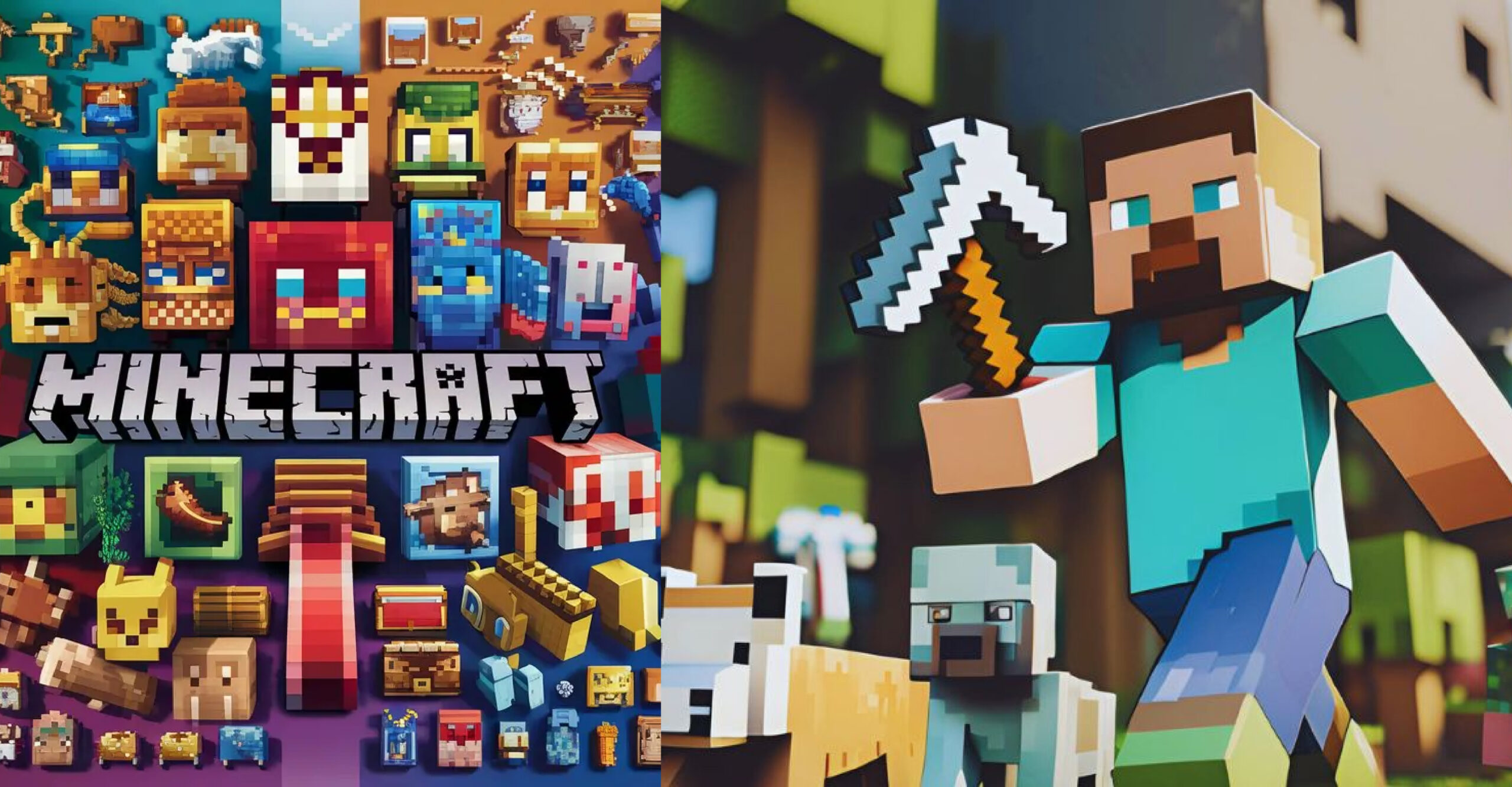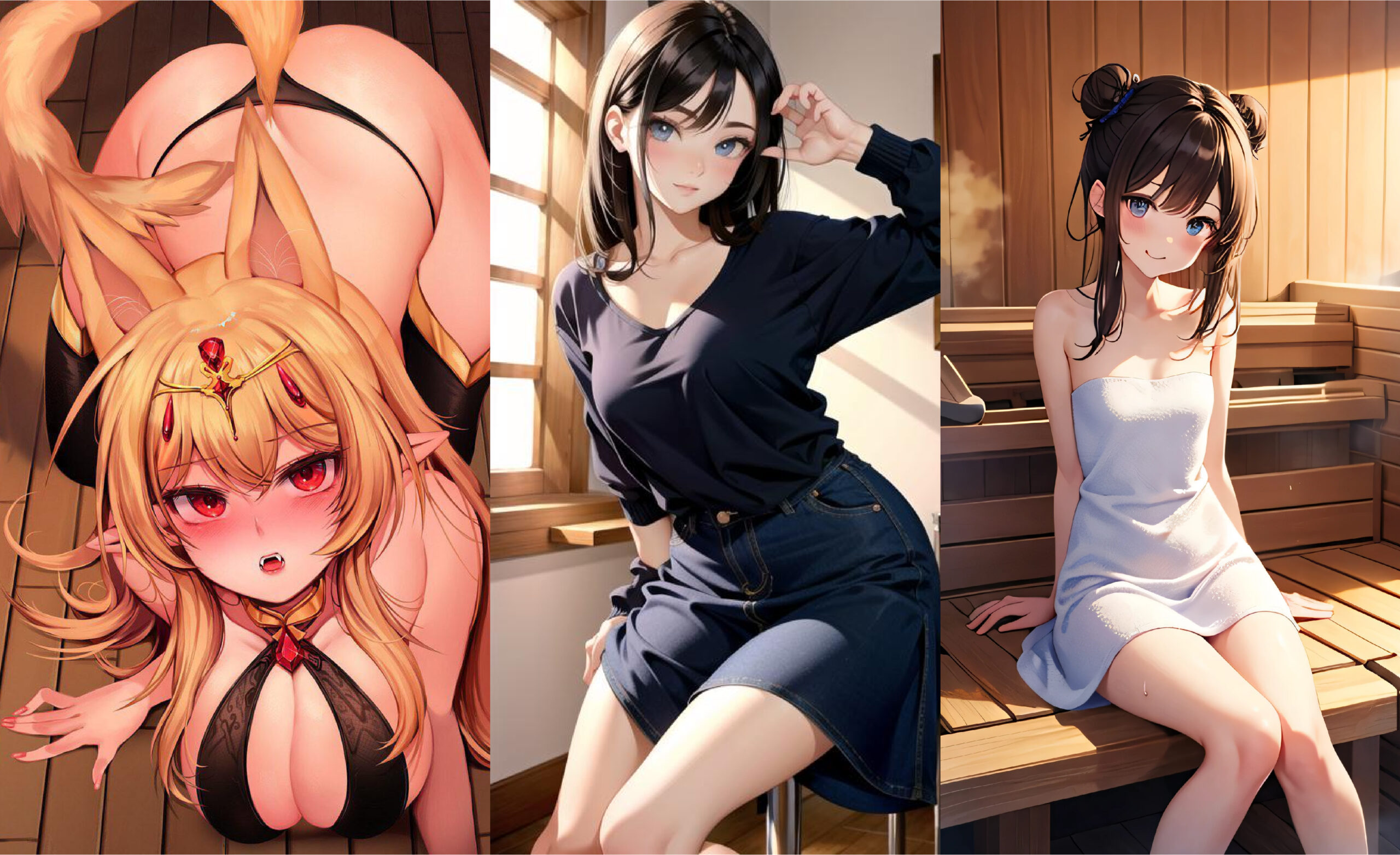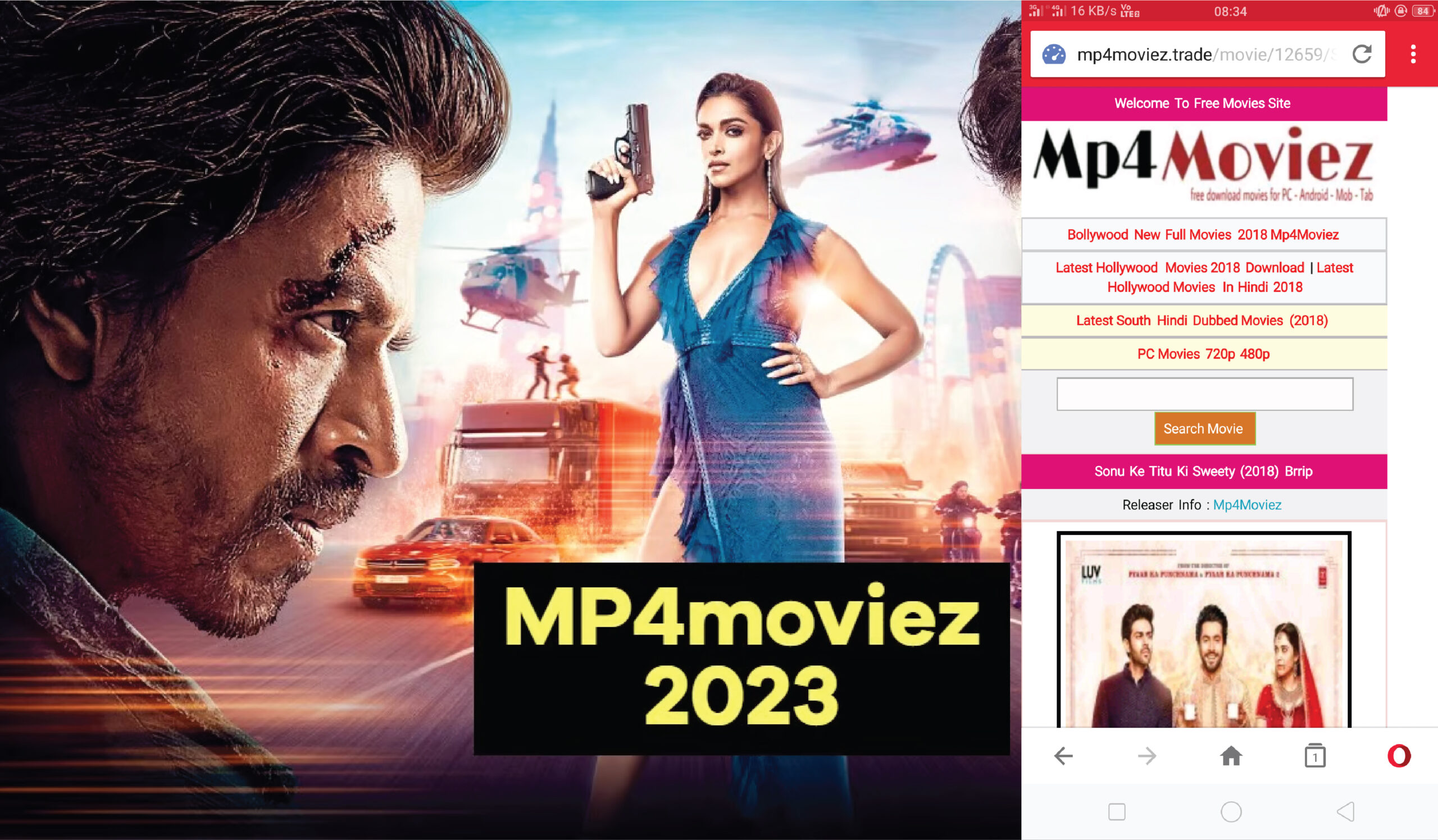Minecraft, released in 2009, is more than just a game; it is a cultural phenomenon that has captivated millions of players worldwide. With its open-ended gameplay, endless creative possibilities, and engaging survival mechanics, Minecraft has spawned a community that continually pushes the boundaries of imagination.
Among the many elements that enrich the Minecraft experience are the game’s icons and banners. These seemingly small aspects play a significant role in the game’s visual and functional appeal, enhancing both the aesthetic and practical aspects of gameplay. This article delves into the intricate world of Minecraft’s game icons and banners, exploring their development, functionality, and impact on the gaming community.
The Evolution of Minecraft Icons
Minecraft’s journey from a simple indie game to a global sensation is marked by continuous updates and visual refinements. One of the critical components of this evolution is the game’s icons. Icons in Minecraft serve as visual representations for items, blocks, and entities, each meticulously designed to be easily recognizable and functional within the game’s pixelated art style.
The original icons were simple and straightforward, reflecting the game’s minimalist design. Over time, as Minecraft expanded with new items and blocks, the icons became more detailed and diverse. Each update introduced a fresh batch of icons, corresponding to the new elements added to the game. For instance, the introduction of the Nether update brought in a slew of new icons for blocks like Netherite and items like the Soul Lantern.
Icons are not just static images; they are integral to the game’s user interface. They help players quickly identify resources, tools, and items in their inventory, crafting grids, and hotbars. The clarity and distinctiveness of these icons are crucial, as they directly impact the player’s ability to navigate and interact with the game world efficiently.
The Role of Banners in Minecraft
Banners in Minecraft are another fascinating aspect of the game’s visual and functional design. Introduced in the 1.8 update, banners are customizable decorative blocks that players can craft using wool and sticks. These banners can be dyed and patterned in numerous ways, allowing for extensive personalization and creativity.
The process of creating banners involves a crafting table and various dyes. Players can combine different colors and patterns to produce unique designs, which can then be displayed on walls, used as flags, or even worn as shields. The customization options are vast, with over a billion possible combinations, enabling players to express their individuality and creativity within the game.
Banners serve multiple purposes beyond decoration. They can be used as markers for territories, signal points of interest, or even as navigational aids in large multiplayer worlds. In multiplayer servers, banners often represent clans, teams, or communities, fostering a sense of identity and belonging among players. The ability to create and display custom banners adds a layer of depth and personalization to the Minecraft experience, making the game world feel more dynamic and alive.
The Impact of Icons and Banners on Gameplay
The integration of icons and banners into Minecraft’s gameplay significantly enhances the user experience. Icons provide essential visual cues that streamline inventory management and crafting processes. With clear and recognizable icons, players can quickly locate items, understand their uses, and organize their resources efficiently. This is particularly important in survival mode, where quick decision-making can mean the difference between life and death.
Banners, on the other hand, add an element of strategy and creativity to the game. In survival mode, banners can be used to mark explored areas, signal danger zones, or guide players back to their base. In creative mode, they become canvases for artistic expression, allowing players to build intricate designs and themed environments.
In multiplayer settings, banners enhance the social aspect of the game. They help in establishing group identities and territories, contributing to the server’s overall narrative and community dynamics. Whether it’s through competitive clan wars or cooperative building projects, banners play a crucial role in shaping the multiplayer experience.
The Community’s Contribution
The Minecraft community has always been at the heart of the game’s success, and their contributions to the development and usage of icons and banners are no exception. Players continuously create and share custom textures and designs, pushing the boundaries of what can be achieved within the game’s framework.
Resource packs, created by the community, offer alternative icon sets that can drastically change the game’s visual style. These packs range from simple tweaks to complete overhauls, providing players with endless customization options. Similarly, the community’s creativity with banners has led to the development of intricate patterns and designs, many of which are shared online for others to use and be inspired by.
Modding also plays a significant role in expanding the possibilities for icons and banners. Mods like “Optifine” and “Chisel” introduce new textures and customization options, further enhancing the visual and functional aspects of the game. The modding community’s dedication ensures that Minecraft remains a constantly evolving and engaging experience.
The Future of Icons and Banners in Minecraft
As Minecraft continues to evolve, the role of icons and banners will undoubtedly expand. Future updates will likely introduce new items and blocks, each accompanied by new icons. The potential for more complex and interactive banners also holds promise, possibly integrating with other game mechanics or offering new functionalities.
The development team at Mojang Studios remains committed to balancing innovation with the core elements that have made Minecraft a beloved game. Community feedback and contributions will continue to play a pivotal role in shaping these updates, ensuring that the game evolves in ways that resonate with its players.
Conclusion
Minecraft’s icons and banners may seem like small components within the vast world of the game, but their impact is profound. They enhance the visual appeal, improve gameplay functionality, and offer endless opportunities for creativity and personalization. As we look to the future, it is clear that these elements will continue to play a vital role in Minecraft’s ongoing evolution, driving the game’s success and keeping its community engaged and inspired.
Read more: Privacy Policy




